You can trust Cyclingnews
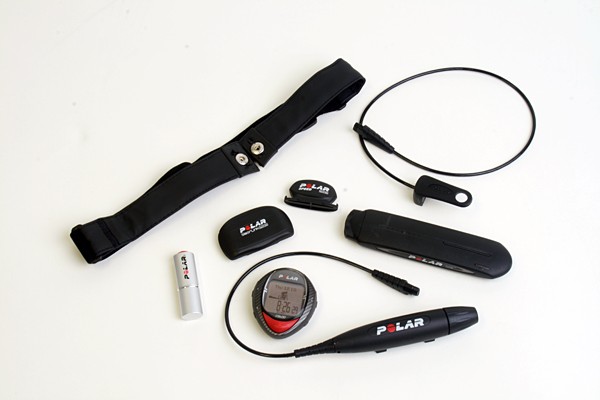
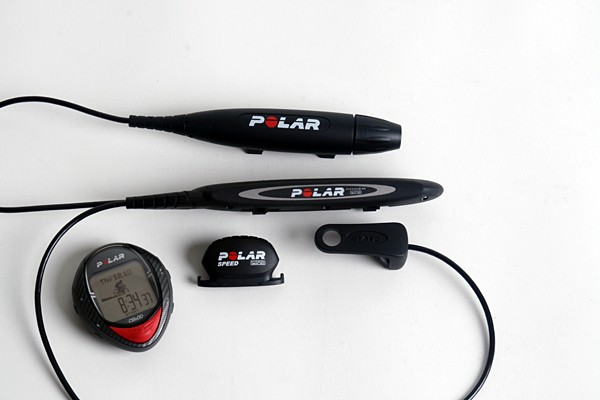
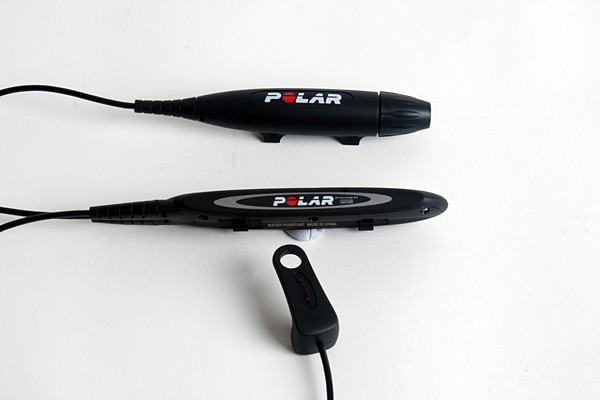
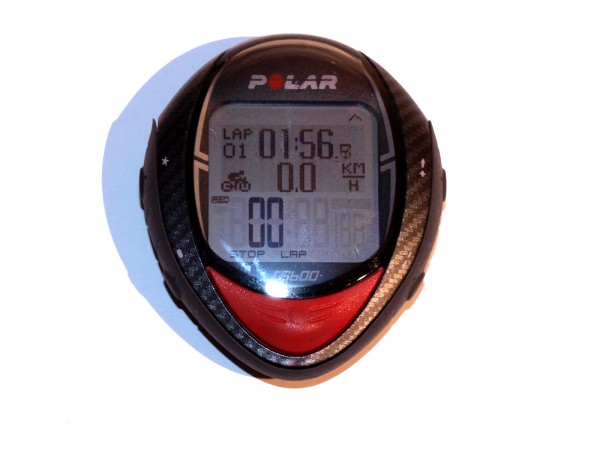
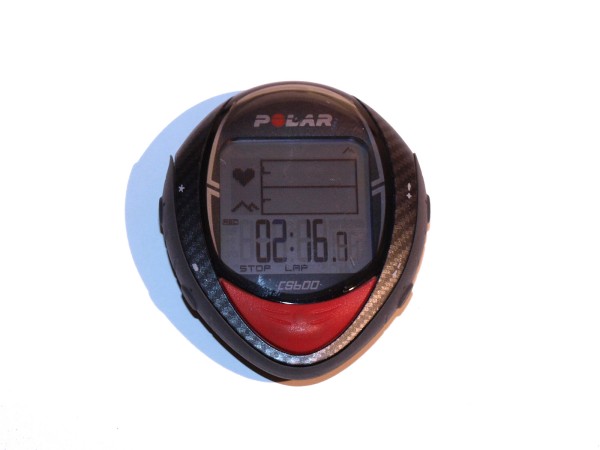
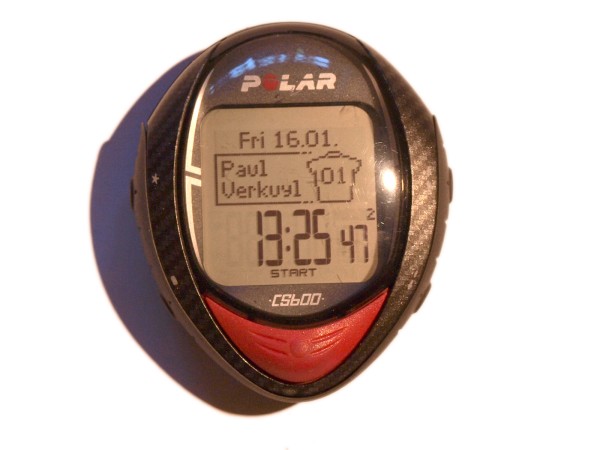
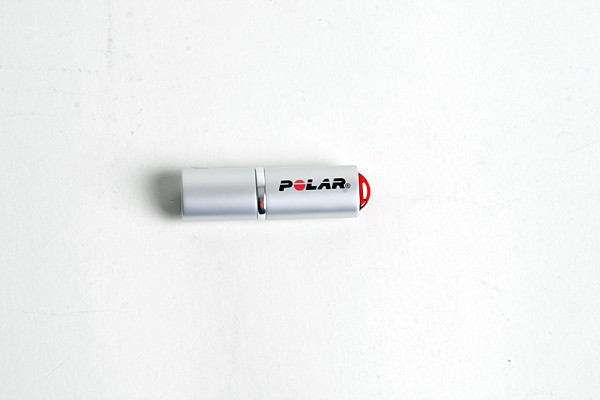
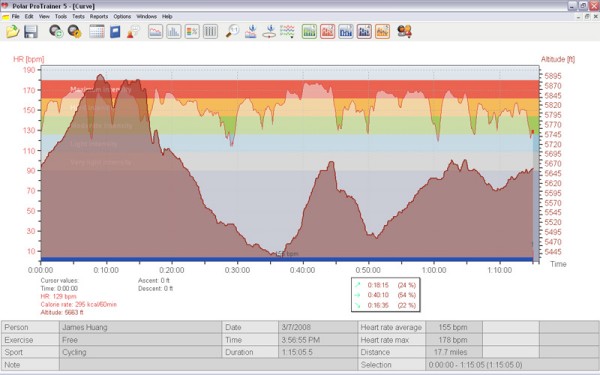
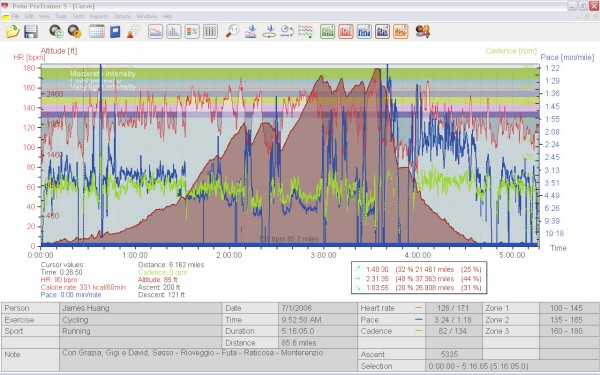
Polar’s CS600 with Power offers a unique way of measuring power output on a bicycle. In contrast to direct-measurement units such as Quarq, SRM or Powertap which use integrated strain gauges – or even indirect ones such as iBike which back-calculate power by measuring opposing forces – the CS600 displays power based on two key elements: chain tension and chain speed. It then calculates the vibrational frequency of the chain – and thus chain tension – and derives power output from there.
The computer head receives its information from two wireless 2.4Ghz sensors: one on the chainstay which measures the chain frequency and another on the lower pulley wheel of the rear derailleur to measure chain speed. A separate fork-mounted sensor is used for speed calculations and cadence is measured as a function of fluctuations in power output.
But does it work?
For the most part, yes, but the CS600 is not without its quirks and pitfalls. Sending any sort of data over a wireless frequency always has drawbacks and the CS600 is not immune to any of these. We experienced occasional interference that affected all aspects of the meter including heart rate, speed, power and cadence. Thankfully we were never without a reading for extended periods and estimate that the CS600 worked over 90 percent of the time, but even that is a letdown at this price.
The very nature of Polar’s power measuring system has some inherent disadvantages due to the somewhat convoluted way it produces its data. Baseline information such as chainstay and chain length and even chain weight must be manually inputted – and are thus subject to user error – and subtle geometry variations resulting from changing gears aren’t directly accounted for as far, as we can tell. Moreover, since the chain’s vibrational frequency is a fundamentally critical piece of the equation, riding on bad surfaces such as dirt roads can muck up the data.
As a result, Polar only claim +/- 2.5 percent accuracy on average and a disappointing +/- 10 percent at any given instant. In comparison, both SRM and Quarq claim +/- 2 percent accuracy and Powertap claims +/- 1.5 percent both on average and instantaneous. Shortening the sampling rate to a single second helps in this regard but it also quickly eats up the onboard memory to a point where it isn’t useful for longer rides.
So, while the CS600 may not be the best power meter for recording power spikes and obtaining absolute figures, its nominally consistent readings still make it reasonably useful for tracking longer-term trends and even basic data such as average and maximum power output plus left versus right power balance can still provide useful information. Even so, more serious users will probably want to search elsewhere and data junkies who are looking for as much real-time precision as possible will be disappointed.
The latest race content, interviews, features, reviews and expert buying guides, direct to your inbox!
The software
The included ProTrainer 5 software is one that many will already be familiar with and hence should be a cinch for longtime Polar users to get their head around. For those new to the game, a comprehensive user guide is incorporated into the software and other third party software suites like CyclingPeaks WKO are set up to handle Polar’s data.
The user interface is one of Polar’s strong points. Years of constant redesign and evaluation have led to the current incarnation of the suite, which is easy to use and set up.
Capable of storing not only the power, speed and heart rate data, the suite is built like a training diary so you can record how you felt, the weather conditions and much more for each training session. These files can be sent to your coach or advisor for further analysis.
Pending pre-configured training plans can be uploaded directly to the head unit, which means you can never use the excuse that you forgot it was ‘interval day’ again. The system will even guide you through the session so you make the most efficient use of your training hours.
Other functions
As one would guess from the Polar name, the CS600 does more than just measure power. In fact, we could fill another entire screen full of additional functions the CS600 performs, but will cover the basics and most commonly used functions here.
The CS600 is a fully featured heart rate monitor with programmable zones – and associated audible and visual alarms – plus a built-in test protocol to help calibrate the system for those who don’t already know their maximum heart rate and threshold figures. These numbers will need to be adjusted over time, but it still provides a good starting point for the uninitiated.
A full array of speed and distance functions are on tap as well and the CS600 also incorporates a barometric altimeter, which will display altitude and gradient as you climb. As with all barometer-based systems, instantaneous accuracy can be a bit spotty and proper calibration is critical. Polar include a calorie counter, too, and all of the information is shown on various user-selectable displays on a highly legible 1.5” LCD screen.
All of the recorded data can be transferred to your home PC via an infrared transmitter. An optional USB infrared transmitter is available if your PC is not equipped with one as standard. Mac users, however, are out of luck unless you run a Windows emulator.
Installation and setup
The CS600’s accuracy is not only highly dependent on the user-inputted data described above but also how the unit itself is installed. The installation process can be described as tedious at best, and trial-and-error seems to be an unwritten step at several points along the way.
The chain speed sensor is easy enough. Polar supply an array of replacement pulley wheel bolts to fit a variety of Shimano and Campagnolo drivetrains. A SRAM-specific bolt is not included, but the Shimano bolt fitted our group nicely. Once the bolt is replaced with the one provided, the sensor is simply bolted onto the outside of the derailleur. The associated wire can then be wound around the derailleur cable housing and connected to the other sensor on the chainstay.
The sensor on the chainstay is where care needs to be taken. Polar say the chain must run directly above the central axis of the sensor and as close to it as possible (around 2mm) yet also near enough to the crank so the cadence sensor can detect the magnet. It’s a delicate balancing act for sure and only more so on bikes with curved stays. Polar at least provide three different sizes of supporting pieces in order to cater for the vast array of frame designs.
A seatstay-mounted battery case provides both sensors with the necessary power. All in all, the wiring harness is relatively compact but still clutters the rear end of the bike somewhat and doesn’t look nearly as integrated as some competing systems.
Speed sensor and head unit installation are straightforward – both attach easily with a pair of zip-ties, though the former’s non-user-replaceable battery will undoubtedly create some convenience issues down the road.
With the inclusion of a calorie counter, too, the CS600 is well suited to those looking for a complete training tool on a budget who are willing to sacrifice some accuracy.
Overall
The CS600 is best suited for budget-minded riders who are looking to start using a power meter as a means of improving the quality of their training and can live with its shortcomings. Though less accurate than some of its bigger competition – and decidedly less tidy looking – it still packs a comparable feature set at much lower cost and the included software does an excellent job of both recording your efforts and keeping you on track.
Polar’s CS600 is still among the least expensive power meters on the market but newcomers such as the iBike have made the lower-cost power meter race more than a one-horse show. Polar’s second foray into the power meter market has come a long way but they'll need to step up their game in order to remain competitive from here.


